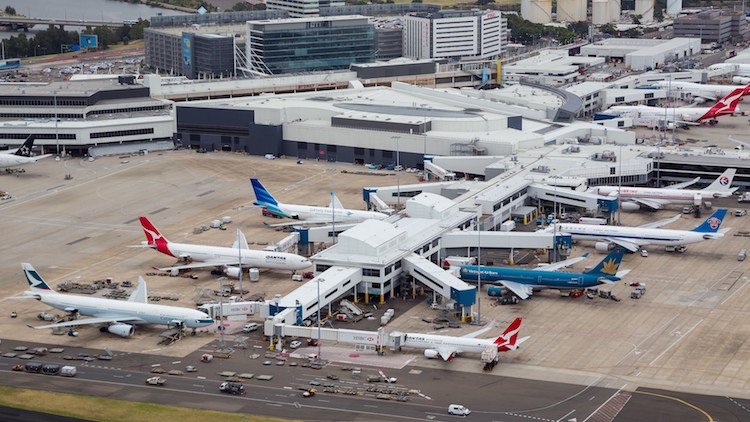
Airlines reduced the number of available seats into and out of Australia for the first time in two and a half years in November, government figures show.
The Bureau of Infrastructure, Transport and Regional Economics report showed the number of international seats fell 0.7 per cent to 3.512 million in November, from 3.537 million in November 2013.
The last time international capacity posted a monthly decline was in May 2012, when the number of available seats fell 0.8 per cent.
Airlines have been gradually reducing frequencies or down gauging aircraft to Australia over the second half of calendar 2014 in response to changing market conditions, following a period of sharp capacity growth where international seat capacity rose 8.1 per cent in 2013/14.
Capacity growth on international flights has been slowing for the prior six months before November’s decline, BITRE figures showed.
The reduction in international capacity looked set to continue in the period ahead – in January AirAsia X ended its Adelaide-Kuala Lumpur service and Garuda Indonesia pulled out of the Brisbane-Denpasar route. AirAsia X has also flagged further cuts to its Australian network in a bid to stem losses.
Qantas chief executive Alan Joyce noted the slowing of international capacity during the first half of 2014/15 at the company’s annual general meeting in October 2014.
“International capacity growth in this half is expected to be around 2.4 per cent – that is, below underlying demand growth for the first time in five years,” Joyce told shareholders in prepared remarks.
The BITRE report said the total number of international passengers rose six per cent in November, compared with the prior corresponding period.
With passenger numbers up amid a decline in capacity, load factors rose four percentage points to 78.5 per cent in November.
Qantas told the Productivity Commission’s study into the international tourism industry Australia’s open access policy for international airlines had not resulted in the hoped-for increase in foreign tourists Down Under.
Instead, Australia’s aviation policy of ensuring capacity remained ahead of demand (CAD) had resulted in “rapid growth in the outbound market” which had led “ultimately to the detriment of both the tourism sector and Australian airlines”.
“A small number of international airlines, faced with weak post-GFC demand in other markets and active intervention by governments in Europe, Asia and the Americas to protect their national economies against detrimental market practices, used the opportunity created by Australia’s CAD policy to secure a strategic position in the Australian market,” Qantas’s submission said.
“This has come at a cost to the national economy.
“Capacity gifted for the express purpose of promoting inbound travel was instead shifted into Australia’s outbound market as inbound growth failed to materialise.
“The rapid growth in the outbound market has resulted in jobs and investment being exported to competitor off-shore destinations.”
Qantas was Australia’s largest international carrier in November with 15.6 per cent market share. The figure rises to 24.9 per cent when the company’s low-cost unit Jetstar is included.















